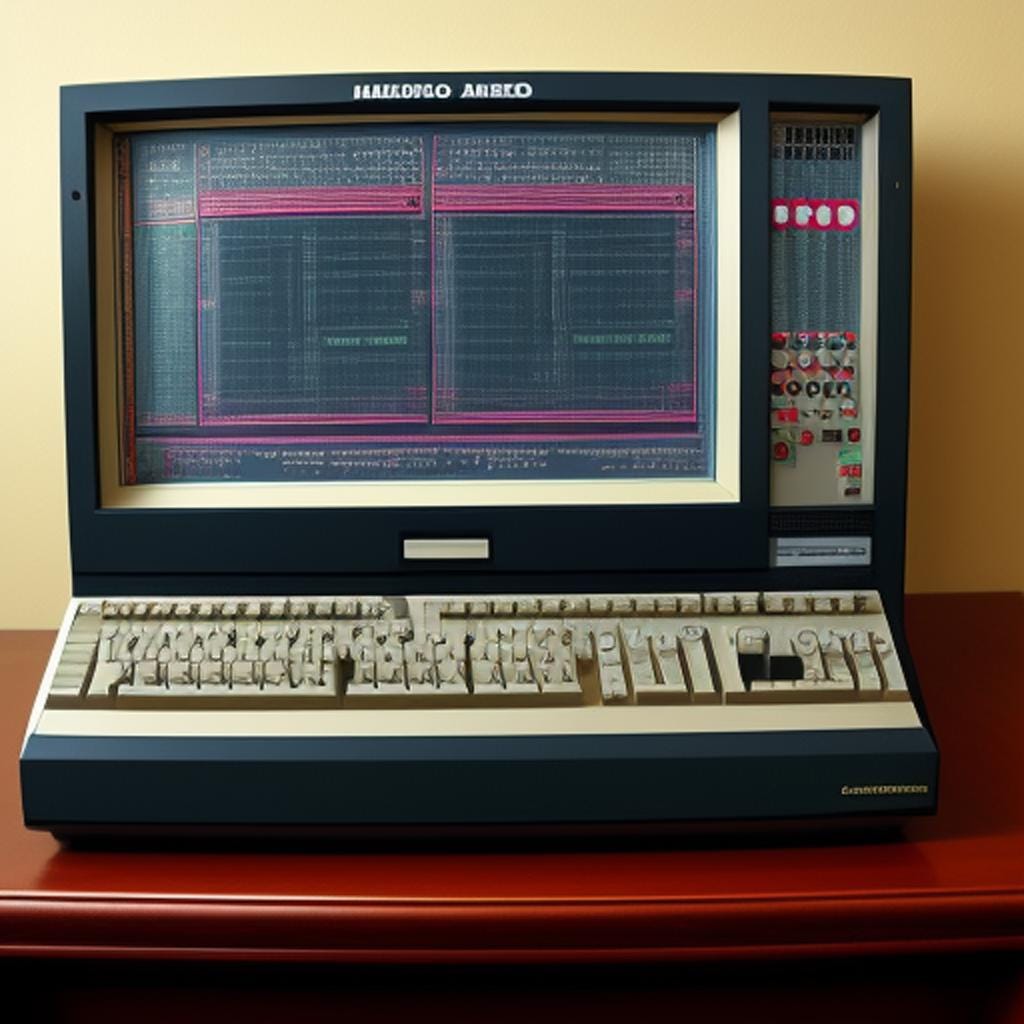Understanding Skunk Spray: Range, Risks, and Practical Solutions
Introduction: The Surprising Reach of Skunk Spray
Skunks are among the most recognizable animals in North America, thanks in part to their distinctive black-and-white coloring and their infamous ability to spray a foul-smelling liquid. For homeowners, pet owners, and outdoor enthusiasts alike, understanding the range and impact of a skunk’s spray is crucial for safety and effective response. This guide offers a comprehensive look at how far a skunk can spray, the reasons behind this defense mechanism, and actionable steps to protect against unwanted encounters.
How Far Can a Skunk Spray? The Science and Statistics
One of the most common questions about skunks is: just how far can they spray? According to multiple wildlife experts and animal control organizations, skunks can spray with surprising accuracy at distances of up to 10 to 15 feet (approximately 3 to 5 meters) [1] [2] [3] [4] . Some observations and anecdotal reports even suggest that, under ideal conditions, a skunk’s spray could reach slightly farther, but 15 feet is widely accepted as the practical maximum [5] . This range makes it essential to keep a safe distance if you see a skunk raise its tail or display warning behaviors.
Why Do Skunks Spray? Defensive Behavior Explained
Skunks use their spray as a last-resort defense mechanism . The spray itself is a potent blend of sulfur-based chemicals called thiols, produced and stored in two glands located near the tail. These compounds give skunk spray its notorious “rotten egg” odor, which can be overwhelming and persistent [1] [2] . Skunks typically avoid direct confrontation, preferring to warn off threats first by stomping their feet, hissing, and raising their tails. Only if these warnings are ignored will the skunk turn, aim, and spray its target.
Mechanism: How Skunks Achieve Accuracy and Distance
The accuracy and range of a skunk’s spray come from specialized muscles and nipple-like protrusions on their anal glands that allow them to direct a concentrated stream or a wider mist. This anatomical adaptation enables skunks to hit targets with remarkable precision, even at the spray’s maximum range. Skunks can also spray multiple times in quick succession if threatened, though their supply is limited and requires time to replenish [1] .

Source: firstcry.com
Risks and Effects: What Happens If You or Your Pet Are Sprayed?
The effects of skunk spray go beyond unpleasant odor. The spray can cause significant eye irritation and even temporary blindness if it reaches the face or eyes of a person or animal [3] [4] . The oil-based spray is also notoriously difficult to remove from fur, skin, or fabric, and its smell can linger for days or even weeks. For pets, especially dogs, encounters with skunks are common, and immediate action is required to minimize discomfort and odor.

Source: megapixl.com
Practical Steps: What To Do If Sprayed by a Skunk
If you, a family member, or a pet is sprayed by a skunk, act quickly to reduce the impact :
- Move to a well-ventilated area to avoid inhaling the fumes.
- For eye exposure, rinse immediately with clean water and seek medical or veterinary advice if irritation persists.
- Do not use water alone on sprayed fur or clothing, as water can intensify the odor by converting certain compounds.
- Prepare a cleaning solution of hydrogen peroxide, baking soda, and mild dish soap (standard recipe: 1 quart of 3% hydrogen peroxide, 1/4 cup baking soda, 1 teaspoon liquid soap). Apply, lather, and rinse thoroughly. Repeat if necessary.
- Wash all affected clothing or fabrics separately and consider professional cleaning for persistent odors.
For more detailed guidance, you can consult your veterinarian or local animal control office. Many veterinary hospitals and pet care sites offer step-by-step instructions for skunk odor removal. If in doubt, call your veterinarian for advice or visit the VCA Animal Hospitals website for recommendations [4] .
Prevention: How To Avoid Getting Sprayed
Since skunks are nocturnal and generally non-aggressive, most spray incidents occur when they are surprised or cornered. To avoid encounters:
- Keep pets indoors at night or supervise them closely when outside.
- Secure trash bins and remove food sources that attract skunks (pet food, fallen fruit, compost).
- Seal openings under decks, porches, and sheds, as these are common skunk nesting sites.
- Install motion-activated lights or sprinklers to deter nocturnal visitors.
- If you see a skunk, back away slowly and avoid sudden movements.
Professional wildlife control services can provide humane skunk removal and prevention strategies. If you need assistance, consider contacting a reputable wildlife control company in your area. You can search online for local “wildlife control services” or “skunk removal specialists” for additional support, ensuring to check reviews and credentials before hiring.
Case Study: A Real-World Example of Skunk Deterrence
One homeowner reported ongoing skunk activity in the backyard, resulting in frequent odors and concerns for pet safety. By installing a motion-activated sprinkler system with an infrared sensor, the homeowner was able to deter skunks effectively. Over a six-month period, there were no further skunk spray incidents reported [3] . This demonstrates the value of proactive deterrence measures, especially in areas where skunks are common.
Alternative Approaches and Additional Resources
For those seeking alternative solutions, several approaches may help reduce the risk of skunk encounters:
- Use commercial animal repellents formulated for skunks, following all safety instructions on the label.
- Encourage natural predators, such as owls, by installing nesting boxes (while ensuring this does not create new risks).
- Educate children and neighbors about skunk behavior and the importance of keeping a safe distance.
If you are unsure about the best course of action, you can contact your local animal control office or wildlife rehabilitation center for advice. Many community organizations also offer tips on humane wildlife management and skunk-proofing your property.
Key Takeaways and Summary
Understanding the distance a skunk can spray (up to 15 feet) is essential for preventing and managing encounters. By staying alert to warning signs, maintaining a safe distance, and implementing effective deterrence strategies, you can reduce the risk of being sprayed. Should a spray incident occur, prompt and proper cleaning can help minimize discomfort and lingering odor. For ongoing problems, consult professionals or local experts for humane and effective solutions.
References
- [1] Skedaddle Toronto (2024). Skunk Spray: The Facts.
- [2] Champions for Wildlife (n.d.). Incredible Skunk Spray: Everything You Want to Know.
- [3] Havahart (2025). Skunk Spray Facts.
- [4] VCA Animal Hospitals (2024). Skunk Spray and Your Dog.
- [5] All Seasons Pest Control (n.d.). How Far Can a Skunk Spray?
MORE FROM gowithdeal.com













